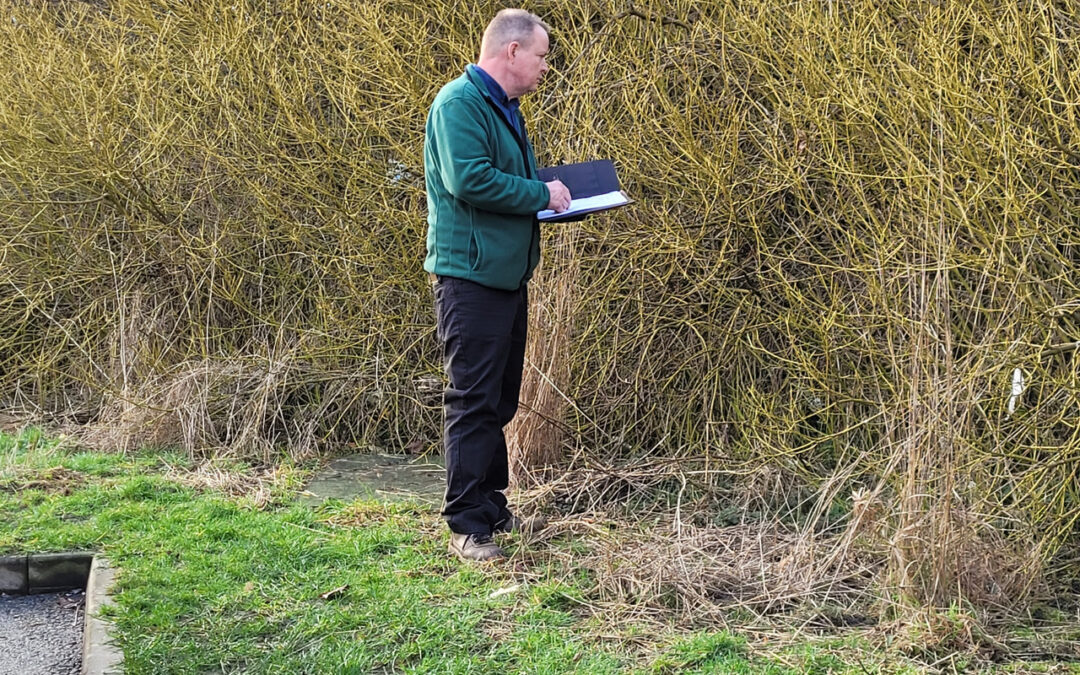Giant hogweed (Heracleum mantegazzianum) is an invasive plant species that has become a major problem in many parts of the world.
Native to the Caucasus Mountains of Eurasia, it has now spread to North America, South America, Europe, and Asia, where it poses a significant threat to the local environment, human health, and the economy. In this article, we will explore the global spread of giant hogweed, its impact on different regions, and what it means for the future.
The spread of giant hogweed
is facilitated by its ability to produce a large number of seeds, which can be dispersed by wind, water, animals, and humans. Once established, it can quickly outcompete native plant species, reduce biodiversity, and disrupt ecosystems. In addition, the sap of the plant contains toxic chemicals that can cause severe skin irritation, blistering, and even blindness if it gets into the eyes.
The first known introduction of giant hogweed to North America was in the early 1900s, when it was brought over as an ornamental plant. Since then, it has spread across much of the eastern and western parts of the continent, particularly in areas with moist soil and high levels of sunlight. In some regions, such as Ontario, Canada, it is considered a noxious weed and is subject to strict control measures.
In Europe,
giant hogweed has become a major problem in many countries, including the UK, where it was first recorded in the 19th century. In recent years, there has been a significant increase in its distribution and density, particularly along waterways and in urban areas. This has led to concerns about its impact on human health, recreational activities, and tourism.
In Asia,
giant hogweed has been reported in countries such as Japan, Korea, and China, where it is considered a serious invasive species. In Japan, it has been known to grow up to 5 meters tall, making it one of the largest plants in the country. Its spread in Asia is facilitated by its ability to tolerate a wide range of soil types and temperatures.
The global spread of giant hogweed is a major concern for environmentalists, scientists, and policymakers. It has the potential to cause significant ecological and economic damage, and its impact on human health cannot be ignored. In addition, the costs of controlling and eradicating it can be substantial, particularly in densely populated areas.
To address the problem, many countries have implemented control measures, such as herbicide applications, manual removal, and public education campaigns. However, more needs to be done to prevent its further spread and to minimize its impact on the environment and public health.
The global spread of:
giant hogweed is a complex issue that requires a multifaceted approach. It is essential to raise awareness about its dangers, to develop effective control strategies, and to monitor its distribution and impact on ecosystems. With coordinated efforts and resources, we can mitigate the threat of this invasive species and protect our environment for future generations.
